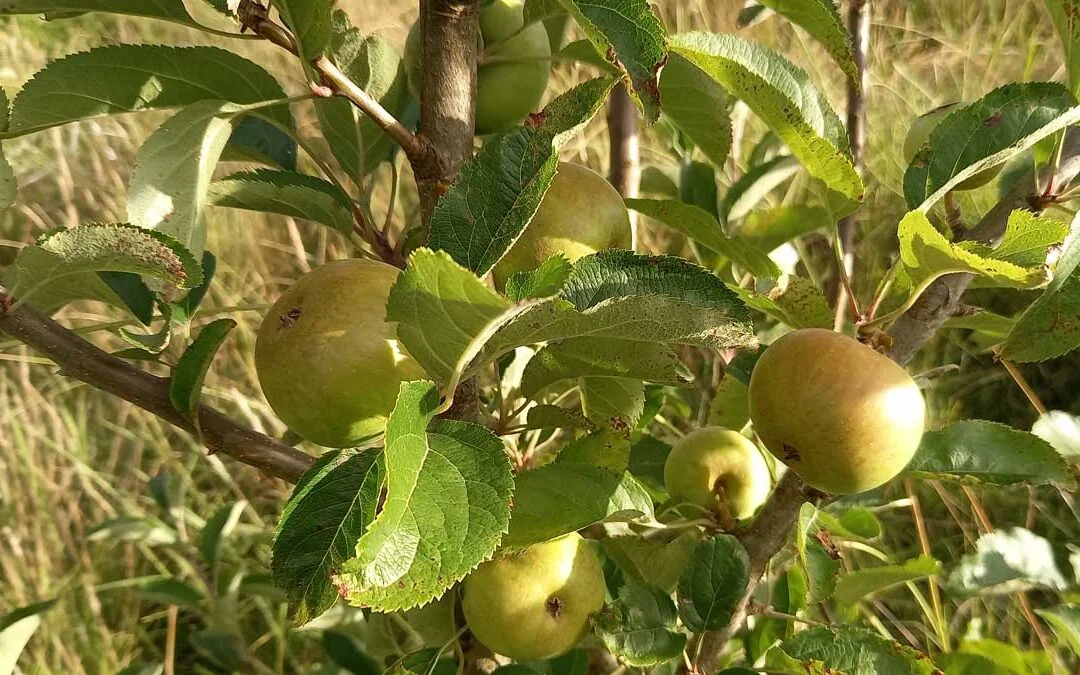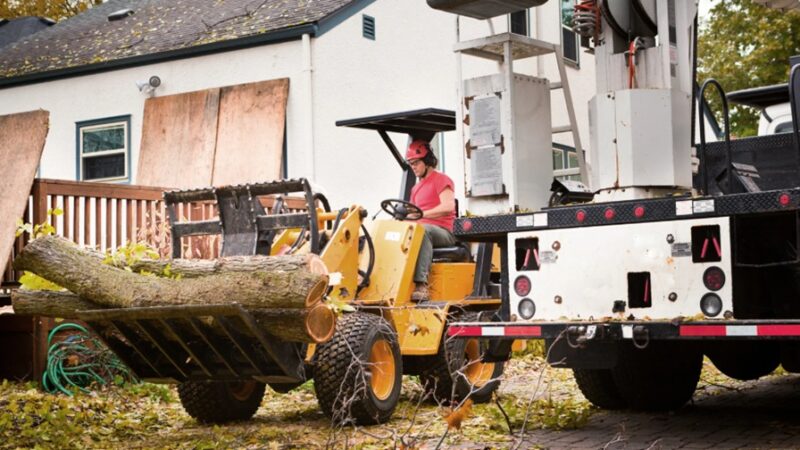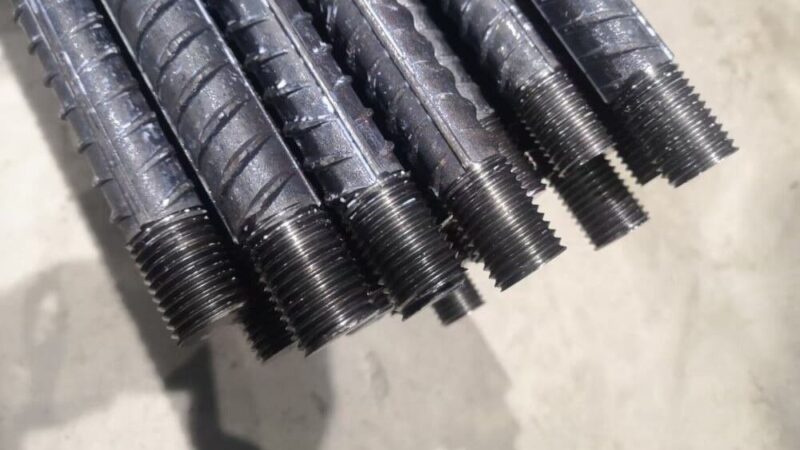What to Look for When Buying Apple Trees: Tips from a nursery

Apple trees are a much-loved addition to any garden since they not only provide you the satisfaction of cultivating your own fruit but also contribute to the visual value of the area you have available. Choosing the proper apple tree in Britain, with its long and illustrious history of horticulture and its diverse environment, can be an experience that is equal parts fascinating and intimidating. It is crucial to have a complete awareness of what to look for when purchasing apple trees, regardless of whether you are an experienced gardener or a novice to the world of orchards.
The Many Apple Varieties
The United Kingdom is home to a wide range of apple varieties, each with its own unique flavors, textures, and uses. When selecting an apple tree, the first step is to consider what type of apples you prefer and what you intend to use them for—eating fresh, cooking, or making cider.
Eating Apples
If you’re looking for apples to eat fresh, look for varieties such as ‘Gala’, ‘Braeburn’, or ‘Cox’s Orange Pippin’. These varieties are known for their sweet flavors and crisp textures, making them perfect for snacking.
Cooking Apples
For those interested in baking or cooking, varieties like ‘Bramley’ are ideal. Fruit trees specialists say here https://www.fruit-trees.com/buy-bramleys-seedling-online.html that Bramley apples are larger and have a sharper, tangy taste that holds up well when cooked, making them perfect for pies and sauces.
Cider Apples
Cider enthusiasts might seek out traditional British cider apples such as ‘Kingston Black’ or ‘Dabinett’. These varieties offer the necessary balance of sweetness, acidity, and tannins, ideal for crafting homemade cider.
Climate Considerations
The climate in Britain varies from region to region; therefore, it’s crucial to choose a variety that will thrive in your local conditions. Apple trees generally prefer moderate and moist conditions, but some are better suited to withstand colder or wetter climates.
Frost Resistance
Early blooming apple trees can be susceptible to frost damage, which can affect fruit production. Varieties like ‘Frostbite’ and ‘Egremont Russet’ are more resistant to cold temperatures, making them suitable choices for areas prone to late frosts.
Rainfall and Humidity
In regions with high rainfall and humidity, it’s important to select apple trees that are resistant to diseases such as apple scab and powdery mildew. Varieties such as ‘Liberty’ and ‘Freedom’ have been bred for their disease resistance and can be more forgiving in less-than-ideal conditions.
Rootstock and Tree Size
When buying an apple tree, it’s not just the variety of apple that matters but also the type of rootstock. The rootstock will determine the size of the tree, its vigor, and how quickly it will begin to bear fruit.
Dwarf Rootstocks
Dwarf rootstocks, such as M9 or M26, are excellent for smaller gardens. Trees grafted onto these rootstocks grow to about 6 to 8 feet tall, making them easier to manage and harvest. They also tend to bear fruit earlier than those on more vigorous rootstocks.
Semi-Dwarf and Standard Rootstocks
For larger spaces, semi-dwarf (such as MM106) or standard rootstocks (like M25) may be more appropriate. These allow the tree to grow larger (up to 15 feet or more), which can be beneficial for maximizing fruit production over time.
Pollination Requirements
Apple trees typically require cross-pollination between different varieties to produce fruit effectively. This means planting at least two compatible varieties near each other to ensure pollination occurs.
Pollination Groups
Apple varieties are categorized into pollination groups based on when they flower. For successful cross-pollination, choose varieties that bloom around the same time. For example, if you choose a variety in pollination group 3, you should look for another variety in groups 2, 3, or 4.
Self-fertile Varieties
If space is limited, consider a self-fertile variety like ‘Golden Delicious’ or ‘Jonagold’. These can pollinate themselves, although having another variety nearby can often enhance fruit yield.
Health of the Tree
When purchasing an apple tree, the overall health and quality of the tree are paramount. Here are some specific signs to look for and tips to ensure you get a healthy, robust tree:
Visual Inspection
- Structure: Look for a tree with a strong, central leader (the main upward-growing branch) and well-spaced, sturdy lateral branches.
- Root System: If possible, check the roots. They should be healthy, not dry or brittle, and free from any signs of rot or damage.
- Foliage: Leaves should be vibrant and green without any yellowing, which can indicate nutritional deficiencies or disease. Also, look out for any signs of pest infestation or fungal disease, such as mildew or leaf spots.
Disease Resistance
Opting for disease-resistant varieties can greatly reduce maintenance efforts and increase the longevity and productivity of your trees. Research and choose varieties known for their resistance to common issues in your area, such as apple scab, cedar-apple rust, and fire blight.
Where to Buy Apple Trees
The source of your apple trees can significantly influence their quality and adaptability to your local environment.
Local Nurseries
Buying from reputable local nurseries offers several advantages:
- Adapted Varieties: Local nurseries typically stock varieties that perform well in your region’s climate and soil conditions.
- Expert Advice: Nursery staff can provide valuable advice on care and selection specific to your needs.
- Healthy Stock: Trees from a local nursery are less likely to be stressed from long transport distances.
Specialist Fruit Tree Suppliers
For a wider selection, especially of heritage or specialized varieties, consider purchasing from a specialist fruit tree supplier. These suppliers often offer high-quality, grafted trees that are hard to find elsewhere. They can also provide detailed information about the rootstock and variety compatibility.
Planting and Initial Care
Once you’ve chosen and purchased your apple trees, proper planting and care are crucial to ensure your trees thrive.
Planting Tips
- Timing: Plant apple trees during the dormant season, from late autumn to early spring. Avoid planting in frozen soil or during extreme weather conditions.
- Soil Preparation: Prepare the planting site by loosening the soil and mixing in well-rotted manure or compost to improve fertility and drainage.
- Planting Depth: Ensure the graft point (where the variety is joined to the rootstock) is above the soil line, and the root system is well covered but not too deep.
Initial Care
- Watering: Water the trees thoroughly after planting and regularly during their first growing season to establish a strong root system.
- Mulching: Apply a layer of organic mulch around the base to conserve moisture, suppress weeds, and provide nutrients as it decomposes.
- Pruning: Prune at planting to shape the tree and establish a good structure. Continue to prune annually to promote healthy growth and fruiting.
Ongoing Maintenance
Maintaining your apple trees involves regular pruning, pest and disease management, and soil care to ensure they remain healthy and productive.
Pruning
Annual pruning helps to maintain the tree’s shape, remove dead or diseased wood, and encourage the growth of fruiting spurs. It’s best done during the dormant season.
Pest and Disease Control
Monitor for signs of pests and diseases and apply organic or chemical treatments as necessary. Using environmentally friendly options helps preserve beneficial insects that aid in pollination.
Fertilization
Apply a balanced fertilizer in early spring to support leaf and fruit growth. Avoid over-fertilizing which can result in low fruit production.
When you buy apple trees, you are making a commitment that goes well beyond the initial choosing and planting of the plants. If you take the time to learn about the special requirements of the apple tree variety you select and provide the necessary care for it, you will be able to reap the benefits of a bountiful harvest of apples for many years to come.







